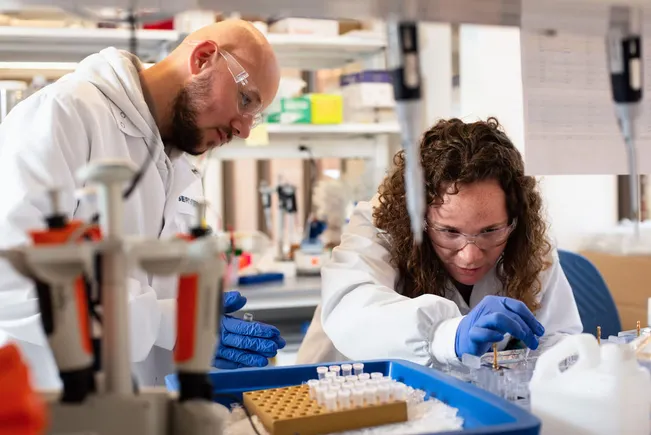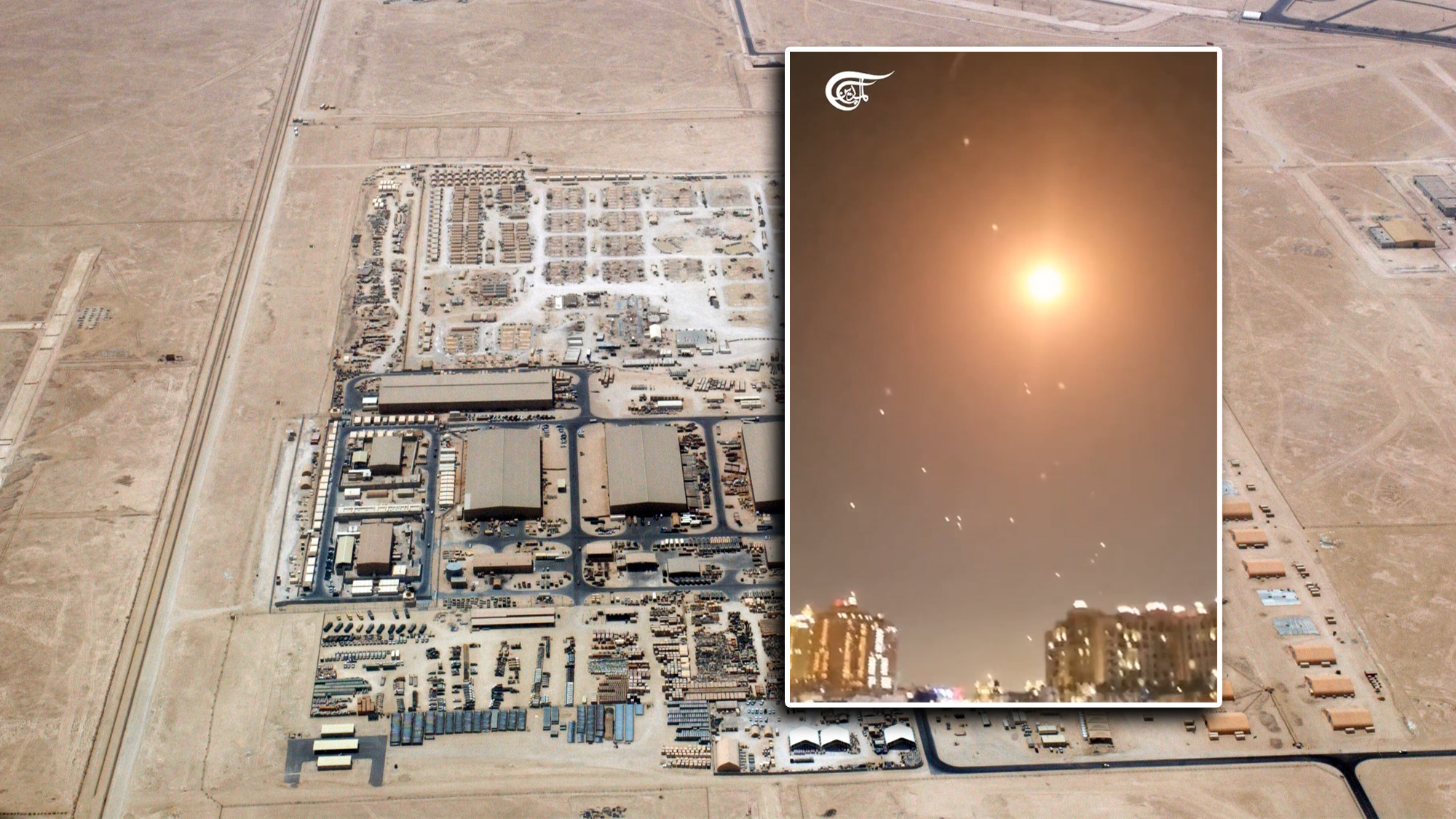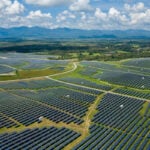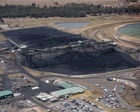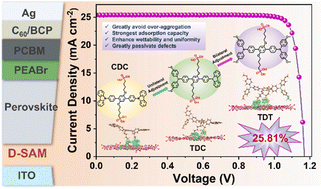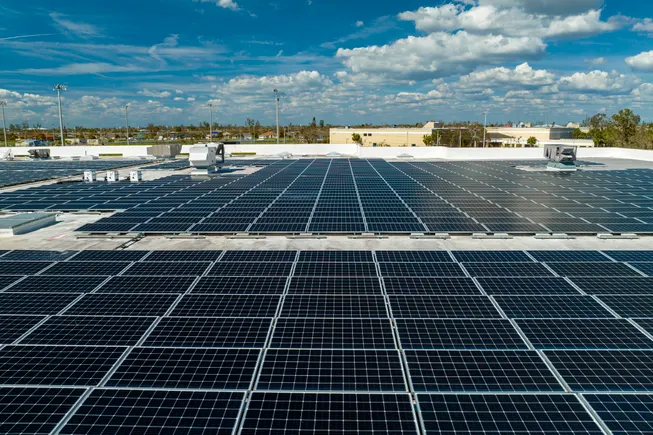Atomic‐Scale Interface Engineering for Robust Sodium‐Ion Battery Anodes with Superior Stability and High Energy Density
Advanced Energy Materials, EarlyView.

Porous hard carbon nanosheets (Mn-PHCS) with asymmetric Mn–O3–N coordination precisely regulate interfacial electronic structure and promote controlled NaPF₆ decomposition, enabling the formation of a NaF-rich solid-electrolyte interphase layer. The atomic-scale interface engineering enhances charge transfer kinetics, endowing Mn-PHCS with excellent rate performance and long-term cycling stability for sodium-ion batteries.
Abstract
In the quest for high-performance sodium-ion batteries, the enduring dilemma of enhancing interfacial kinetics while preserving structural integrity in conventional hard carbon anodes has remained a formidable barrier. This study presents a groundbreaking molten salt-assisted synthesis of manganese single atoms anchored within hierarchically porous hard carbon nanosheets (Mn-PHCS) with a unique asymmetric Mn–O3–N configuration. Through atomic-level interface engineering, the local electronic architecture of hard carbon is intricately modulated, expediting interfacial charge transfer and fostering rapid pseudocapacitive reactions. Density functional theory calculations further validate that the Mn–O3–N active centers refine the electrode–electrolyte interface, catalyze controlled NaPF6 decomposition, and facilitate the formation of an inorganic-rich (NaF-dominated) solid-electrolyte interphase layer. The meticulous atomic configuration of Mn-PHCS results in an impressive reversible capacity of 419 mAh g−1, a robust capacity retention of 94.3% after 1000 cycles at 1 A g−1, and an extraordinary cycle life exceeding 7500 cycles at 5 A g−1. The sodium-ion full cell, when paired with Na3V2(PO4)3 cathode, achieves a compelling energy density of 269.2 Wh kg−1. This work not only elucidates the intricate relationship between atomic-scale interface engineering and electrochemical performance but also sets forth a transformative principle for the development of next-generation energy storage systems.

































































